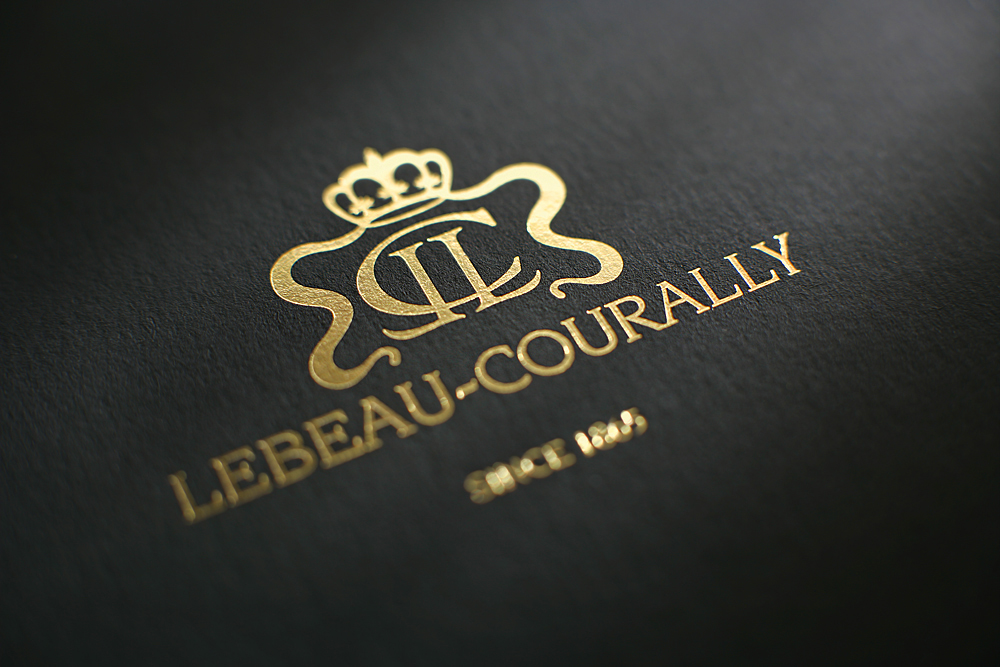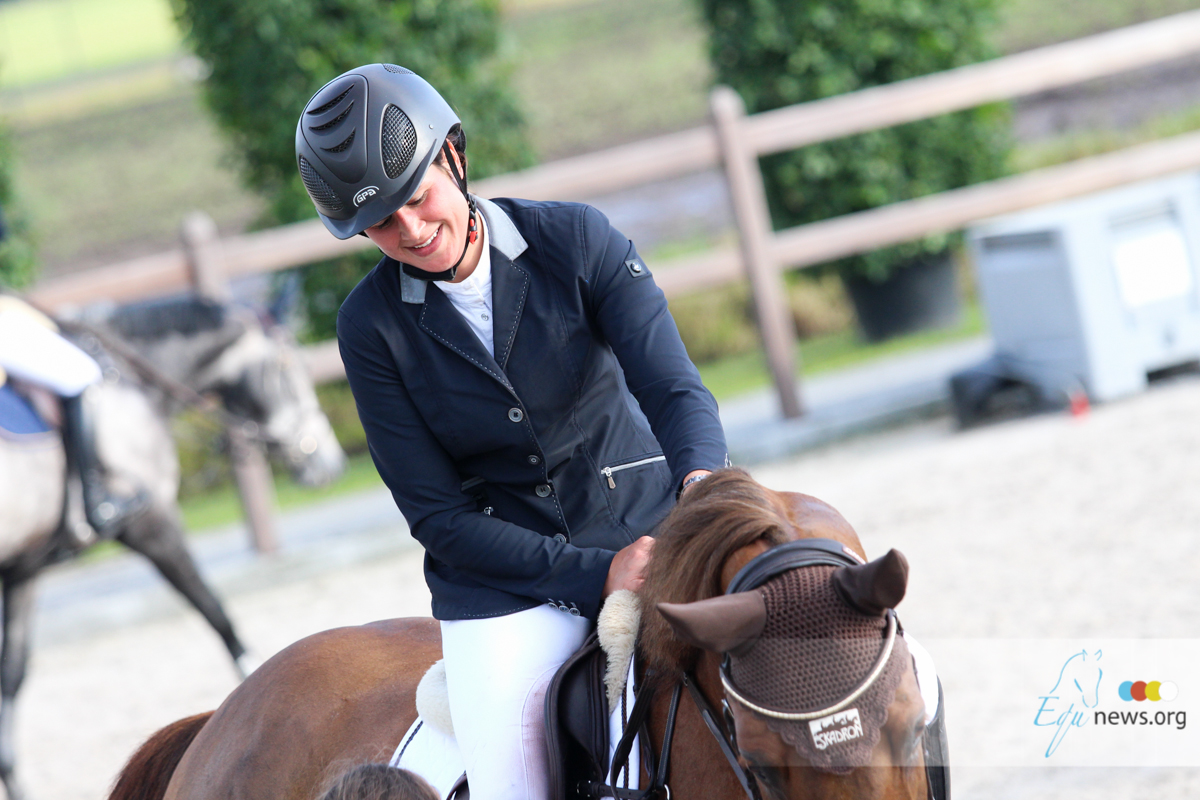It is best to start the work on the flat at the rising trot on the horse’s easiest rein and then to change to the more difficult rein. The first part of the work is aimed at loosening up and relaxing the horse by working him down. All the work should be on both reins and approximately equal time should be spent on each rein. Frequent rest periods at the walk on a long rein are needed and it is wise to finish on a good note performing a movement that the horse can do well. When the horse trots with lively steps and a relaxed swinging back he should begin to present a degree of roundness in his outline. When he has reached this stage he is ready for the sitting trot. The duration of this work should be half an hour to fifty minutes or two sessions of thirty minutes are average sessions, but it depends greatly on the strenght and temperament of the individual horse. From this early stage of training it is important to get into the discipline of executing accurate figures. The circles should be round, the straight lines straight, and the horse moving without loosing impulsion, in the rhythm, with correct bend and the willingness to go forward. The circles should be limited to 20 metres in diameter. The half circles of 15 metres of diameter and the loops of a serpentine to a 12 metres of diameter. During the initial work on the flat, the gaits should be limited to a free walk on a long rein, the medium walk, a working trot and working canter. When the horse is ready to canter he must learn to strike off on the correct leg. The easiest position for this is either when on a circle, or when going into the short side of the school. If he strikes off on the wrong leg he should not be made to halt – which he might regard as a form of punishement – but just to trot and the strike off should be tried again. If for any reasons the horse when asked to canter goes into a fast trot, he should be not to be allowed to strike off until a calm, relaxed working trot has been established. Cantering is difficult for a young horse, especially on the circle, and should not to be continued for too long. Many young horses find it easier to canter with their backs rounded and relaxed if the trainer is in a jumping position with his seat bones just out of the saddle (light seat).
About the work on the flat…
-
categories: Lifestyle



